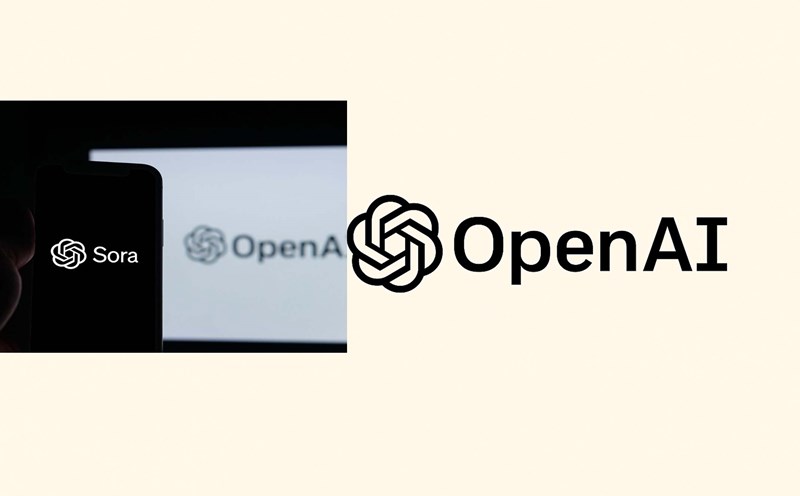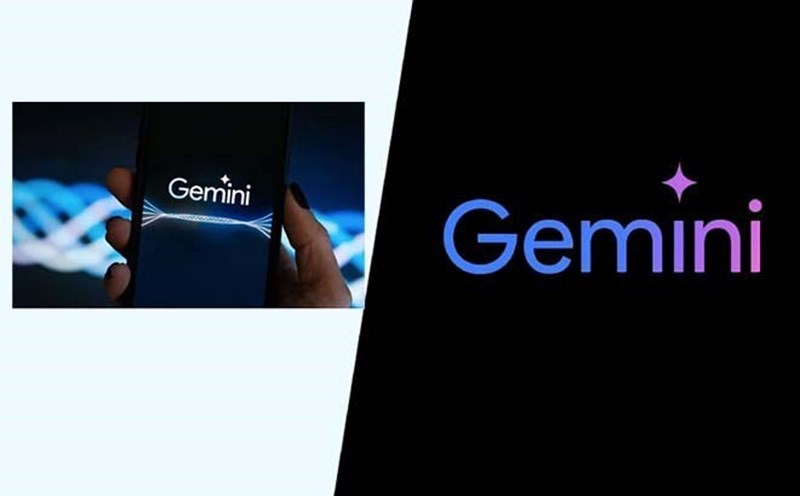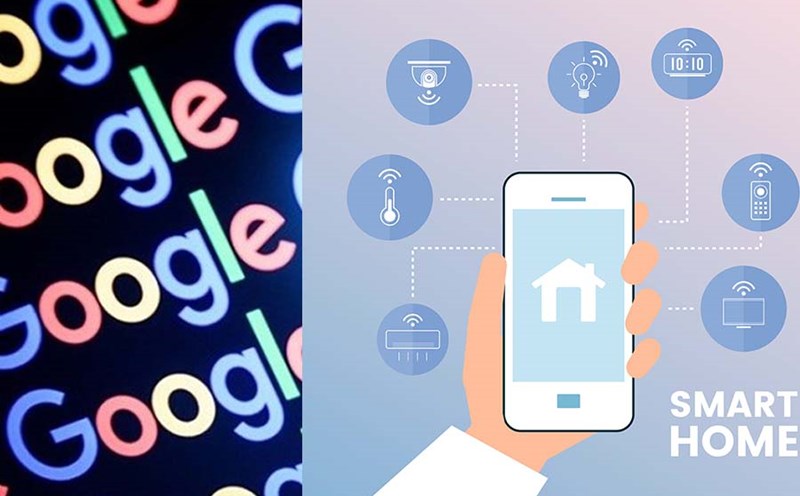AI-powered programming tools are developing at a dizzying speed. GPT-5. Gemini 2.5 or Sonnet 2.4 continuously prove that machines can not only understand code but also automate large-scale code writing.
However, this progress is not evenly distributed. If you use AI to write emails or create content, perhaps the quality is still almost unchanged compared to a year ago.
The reason lies in the so-called reinforcement gap, which is the gap between the skills that AI can quickly learn through reinforcement learning (RL) and the impossible skills.
Programming AI models are trained by billions of automated, measurable tests, allowing machines to continuously improve without human intervention.
On the contrary, tasks such as spelling or chatting are difficult to qualify, lacking clear "right - wrong" criteria, making training slow.
According to experts, programming is almost the ideal environment for enhanced learning.
Before the AI era, software developers relied on a series of testing tools, from unit testing, integrated testing to security to ensure source code quality.
Currently, those tools themselves become the perfect training data for AI, as each test is a feedback loop to help the learning model learn faster.
On the contrary, with subjective skills such as email writing, composing or communication, there are almost no tests that help AI evaluate itself accurately.
How good a chatbot response is depends on the context, emotions, and personal standards of the user.
Therefore, progress in these fields is often just a small step, not a breakthrough like programming AI or toan.
However, the line between easy to check and difficult to check is gradually fading.
The appearance of Sora 2, OpenAI's new video creation model, is clear evidence.
Sora 2 shows the ability to maintain a stable shape of the object, a realistic face and movements that follow physical laws.
This suggests that OpenAI has adopted sophisticated enhancement systems to control every detail, from light, texture to movement, helping AI reach the level of reality rather than just visual hallucinations.
Consolidated distance therefore becomes a factor shaping the future of the AI industry.
As long as enhanced learning is still the main training tool, areas that can be automatically scored will develop well, while unpredictable skills will progress more slowly.
This difference not only affects technology but also reshapes the labor market, when easily automated processes will be quickly replaced, forcing people to adapt and find new roles in the AI-led economy.











